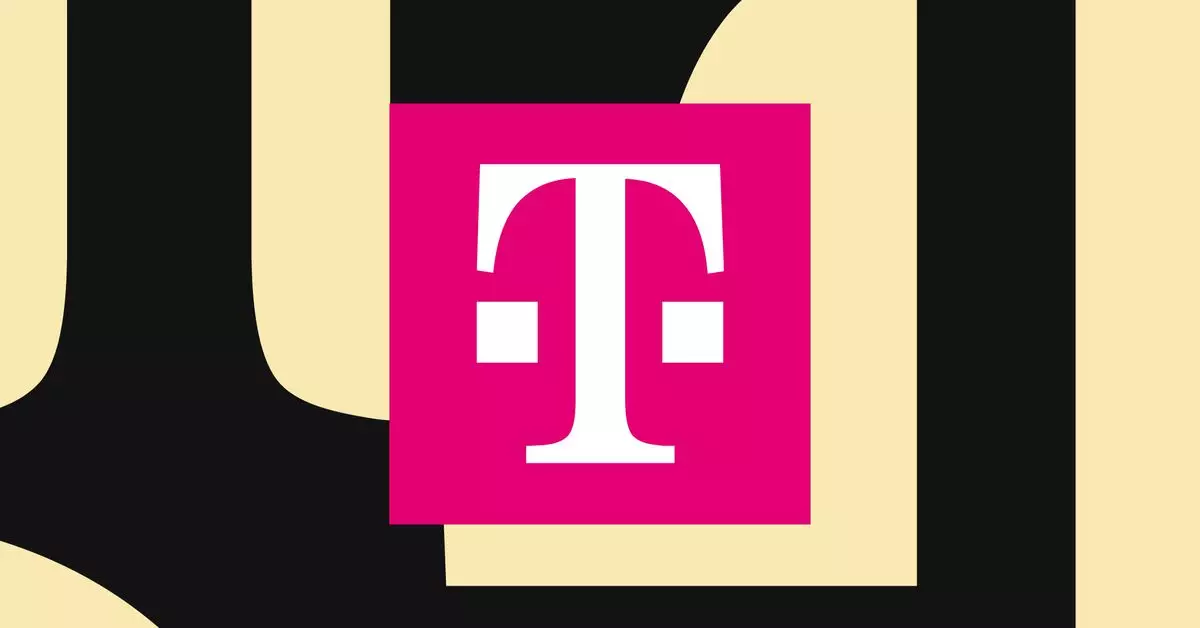In an era where natural disasters seem increasingly prevalent, the ability to communicate with others during emergencies has never been more vital. The Federal Communications Commission (FCC) has recently taken an important step by granting temporary authorization for SpaceX and T-Mobile to provide direct-to-cell service using Starlink satellites. This collaboration aims to deliver critical communication services to areas heavily impacted by Hurricane Helene, particularly in North Carolina, where damaged infrastructure has left many residents unable to connect with emergency services or loved ones.
The satellite technology powering this initiative has already proven its worth; Starlink satellites are operational and actively broadcasting emergency alerts to mobile devices across all networks in the affected regions. Moreover, there are plans to initiate basic SMS text service capabilities for T-Mobile users in North Carolina. This rapid response showcases the agility and potential of combining satellite internet capabilities with traditional cellular services to hold back the tide of information blackout in disaster-stricken areas.
Even though the scope of available services remains limited due to the incomplete deployment of SpaceX’s satellite constellation, the ongoing efforts are undeniably a step in the right direction. Current services are being offered on a best-effort basis, meaning users should manage their expectations, as stable connectivity may still be inconsistent.
Hurricane Helene left devastating flooding in its wake, creating extensive “blackout zones” where communication networks so crucial during emergencies became significantly compromised. The FCC’s latest reports highlight ongoing communication challenges despite improvements in connectivity across the Southeast U.S. The urgency for services that can operate independently of terrestrial infrastructure is underscored by these reports, highlighting the necessity for adaptable and resilient communication systems that can withstand the forces of nature.
Industry Tensions and Future Prospects
While the partnership between SpaceX and T-Mobile signals a bright future for emergency communications, it is not without its controversies. Major telecommunications companies like AT&T and Verizon have raised concerns regarding potential interference to their cellular networks from satellite signals, prompting criticism directed at the FCC’s decision. This tension illustrates the competitive landscape of the telecommunications industry and raises questions about how satellite communications will coexist with established cellular networks.
The developments surrounding Starlink and T-Mobile signify a transformative moment in communication technology, especially in regard to disaster preparedness and response. While hurdles remain, such innovations may well redefine how emergency communication systems are designed, ultimately providing individuals with a lifeline, even when terrestrial services falter. As the first direct-to-cell satellites were launched earlier this year, the lessons learned from this initiative will likely influence policy and technology in the years to come, paving the way for greater resilience in the face of natural disasters.


Leave a Reply